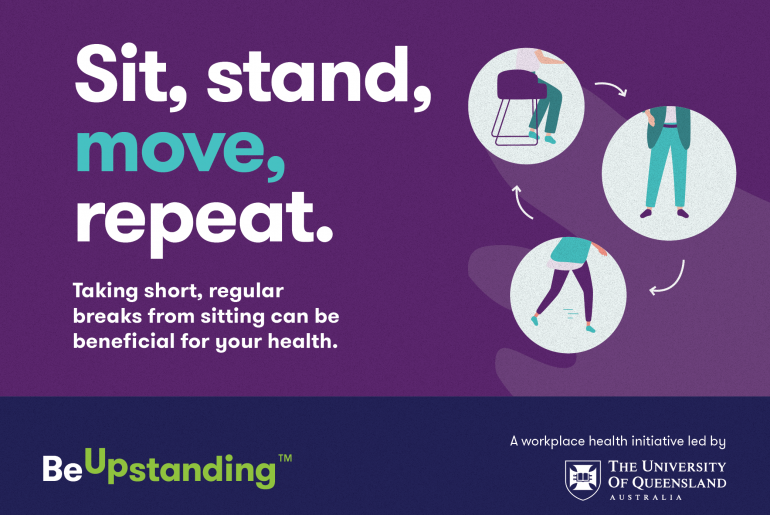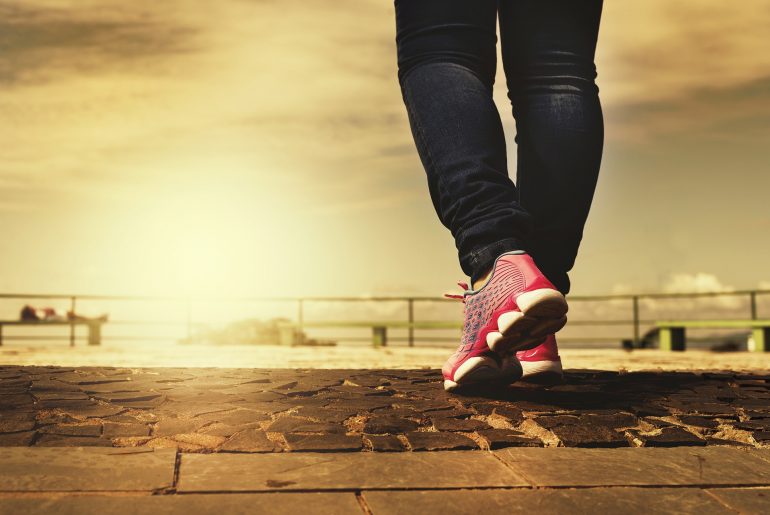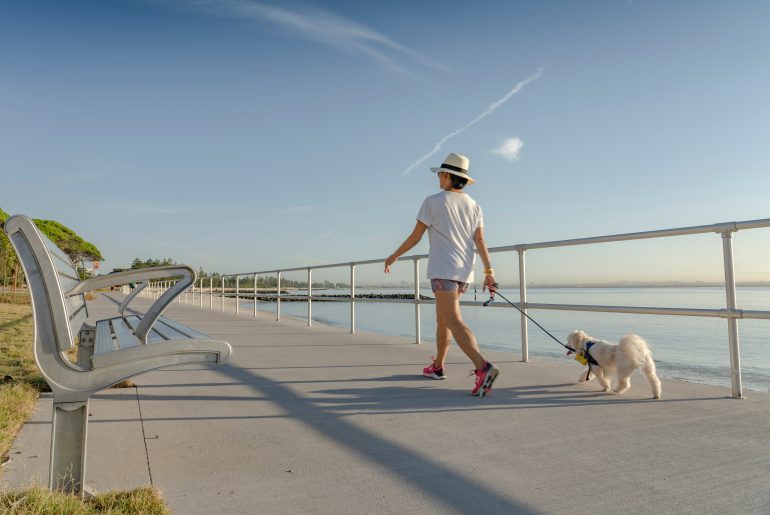By now we all know that the COVID-19 global pandemic has caused an unprecedented change in how and where people are working. Helping people to sit less and move more at work has been a key priority in recent years, with much of the focus being on the office workplace. The phrases ‘pre-COVID’ and ‘COVID-normal’ are thrown around a fair bit these days, but perhaps they are a fitting way to describe the shift that many desk-based workers have experienced. Even for those who have now returned to their workplaces, the ‘pre-COVID’ work environment is likely to be quite different to the ‘COVID-normal’ workplaces many are now working in. Other workers have seen a complete (perhaps long term) shift to working remotely, or a mix of both. What remains, however, is the need to ensure a safe and healthy workplace for everyone. We do not yet know the long-term impacts of these current changes to our work environment, but we do know that there is a clear need to continue to help workers to be able to sit less and move more, regardless of where they are working. The term ‘desk-based workers’ rather than ‘office workers’ is a term we often…
![]()










